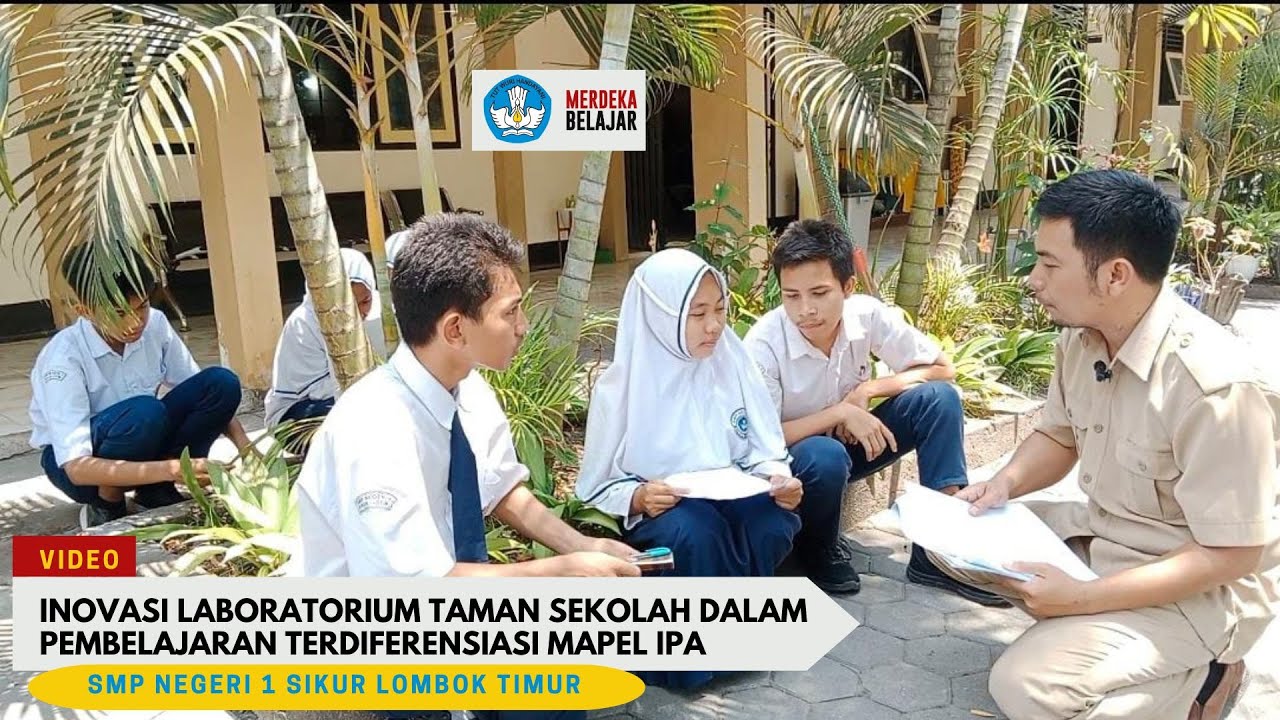Learning Centers | Teaching Strategies #8
Summary
TLDRThe video script introduces learning centers as a versatile teaching strategy that allows students to engage in differentiated and cooperative learning activities. It emphasizes the importance of focusing on specific skills, such as math problem-solving and reading/writing abilities, and suggests organizing centers with clear titles and necessary materials. Teachers are advised to consider students' readiness and implement rules for accountability. The script highlights five common learning centers in elementary classrooms, including writing, math, exploration, science, and reading, each designed to be both educational and enjoyable.
Takeaways
- 📚 Learning Centers provide a self-directed approach to education, allowing students to explore interests and work in differentiated groups.
- 🤝 They foster cooperative learning, where students can collaborate and learn from one another.
- 🎯 The primary reason for using Learning Centers is to focus on specific learning activities, such as math problem-solving or reading and writing skills.
- 🤔 Learning Centers can be adapted for individual needs, offering support to students who require additional help in certain subjects or skills.
- 📝 It's essential to organize Learning Centers with clear titles and necessary supplies to ensure students understand the tasks at hand.
- 📚 Teachers should consider students' academic readiness and prior knowledge when creating assignments for Learning Centers.
- 🏆 Rules and procedures must be established to hold students accountable for their work and ensure they submit assignments.
- ⏳ Equal time should be allotted for each Learning Center to give students ample opportunity to engage with the activities.
- 👀 Even though learning styles have been debated, teachers can still tailor Learning Centers to be predominantly visual, auditory, or kinesthetic.
- 📖 Common Learning Centers include writing skills, math practice, free exploration, science experiments, and reading with a variety of texts.
- 🌟 Learning Centers should be enjoyable and engaging, with a focus on making learning fun and aligned with the curriculum.
Q & A
What is the primary purpose of using learning centers in the classroom?
-The primary purpose of using learning centers is to give students a chance to work in differentiated groups and engage in self-directed activities, allowing teachers to focus students on specific learning activities.
How can learning centers help in differentiated instruction?
-Learning centers can help in differentiated instruction by allowing students to work in groups based on their academic readiness and prior knowledge, enabling teachers to provide targeted activities that address various learning needs.
What are some types of activities that can be conducted in learning centers?
-Activities in learning centers can include solving math problems, focusing on reading and writing skills, conducting science experiments, and exploring personal interests through games or reading.
How can teachers ensure students are prepared for learning center activities?
-Teachers can ensure students are prepared for learning center activities by considering their academic readiness and prior knowledge, and by putting rules and procedures in place for accountability and organization.
What role do supplies and materials play in the effectiveness of learning centers?
-Supplies and materials are crucial for the effectiveness of learning centers, as each center requires specific resources for students to complete their assignments successfully.
Why is it important to title each learning center?
-It is important to title each learning center so students can easily identify the purpose of each center and know what activities they will be engaging in.
How should time be managed across different learning centers?
-Time should be managed by providing students with equal amounts of time at each learning center to ensure they have ample opportunity to engage with and complete the assigned activities.
What are some common examples of learning centers used in elementary classrooms?
-Common examples of learning centers in elementary classrooms include centers for writing skills, math, science, and reading, where students can engage in activities like drafting prompts, solving word problems, conducting experiments, and reading books.
How can learning centers cater to different learning styles?
-Although recent research has debunked the strict classification of learning styles, teachers can still create learning centers that predominantly cater to visual, auditory, or kinesthetic preferences to engage students in various ways.
What is the benefit of incorporating fun elements into learning centers?
-Incorporating fun elements into learning centers can enhance student engagement and motivation, making the learning experience more enjoyable and effective.
Outlines

此内容仅限付费用户访问。 请升级后访问。
立即升级Mindmap

此内容仅限付费用户访问。 请升级后访问。
立即升级Keywords

此内容仅限付费用户访问。 请升级后访问。
立即升级Highlights

此内容仅限付费用户访问。 请升级后访问。
立即升级Transcripts

此内容仅限付费用户访问。 请升级后访问。
立即升级浏览更多相关视频

Macam-macam Model Pembelajaran Inovatif Yang Bisa Diterapkan Di Sekolah

Pembelajaran Berdiferensiasi pada MaPel Matematika Materi Perkalian Fase A Kelas II

Tutorial Lumio untuk media pembelajaran interaktif berbasis digital

Inovasi Laboratorium Taman Sekolah Dalam Pembelajaran Terdiferensiasi Mapel IPA

Strategi Pembelajaran Berdeferensiasi

JARINGAN (Pembelajaran Berdiferensiasi Materi Penjumlahan Bilangan) Kelas 1 SD
5.0 / 5 (0 votes)
